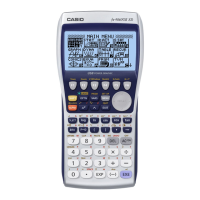





Do you have a question about the Casio fx-9860GII and is the answer not in the manual?
| Type | Graphing |
|---|---|
| Form factor | Desktop |
| Control type | Buttons |
| Product color | Silver |
| Housing material | Plastic |
| Built-in capability | Yes |
| Digits | - digits |
| Display type | LCD |
| Second display | No |
| Display tilting | - |
| Display resolution | 64 x 128 pixels |
| Display character size | 8 x 21 mm |
| Display number of lines | 8 lines |
| Display number of characters | 21 |
| Flash memory | 1.5 MB |
| RAM capacity | 0.064 MB |
| Storage media type | Flash |
| Battery type | AAA |
| Power source | Battery |
| Number of batteries supported | 4 |
Plotting linear functions on the calculator screen.
Using the GDC to find graph properties like gradient.
Finding the intersection of graphs to solve simultaneous equations.
Using the calculator's equation solver for two linear equations.
Solving systems of three linear equations using the GDC.
Plotting quadratic functions using the GDC's graphing mode.
Finding roots of quadratic equations using the calculator.
Finding extrema of functions using tables and built-in functions.
Performing arithmetic operations with complex numbers on the GDC.
Calculating conjugate, modulus, and argument of complex numbers.
Solving polynomial equations with complex roots using the calculator.
Converting complex numbers between Cartesian and polar forms.
Graphing exponential functions using the GDC.
Identifying horizontal asymptotes by analyzing function behavior.
Calculating logarithms with different bases using the GDC.
Finding and graphing inverse functions on the calculator.
Plotting logarithmic functions and adjusting the view window.
Switching between degree and radian modes for trigonometric calculations.
Graphing trigonometric functions with appropriate axis settings.
Finding intersection points of quadratic and exponential functions.
Calculating sums of arithmetic and geometric series.
Fitting a sine curve to data using the GDC's regression function.
Plotting functions defined by multiple conditions or intervals.
Calculating the instantaneous rate of change (gradient) of a function.
Visualizing and finding the equation of a tangent line to a curve.
Identifying local extrema (maxima and minima) of functions.
Evaluating the derivative of a function at a specific x-value numerically.
Plotting the gradient function (derivative) of a given function.
Applying the second derivative to determine the nature of stationary points.
Calculating definite integrals to find areas or accumulated quantities.
Computing the area bounded by a curve and the x-axis using integration.
Computing the dot product of two vectors using list operations.
Finding the angle between two vectors using the dot product formula.
Note on the GDC's inability to perform cross products of vectors.
Inputting numerical data into the calculator's list editor.
Entering data using number-frequency pairs in lists.
Creating histograms from raw data stored in a list.
Generating histograms from data entered as frequency tables.
Visualizing data distribution using box plots from list data.
Creating box plots from data entered in a frequency table.
Computing summary statistics (mean, median, etc.) for list data.
Calculating summary statistics for data from a frequency table.
Determining the IQR (Q3 - Q1) from calculated statistics.
Accessing stored statistical values for further calculations.
Calculating combinations (nCr) for probability problems.
Finding probabilities for binomial distributions using the GDC.
Calculating probabilities for Poisson distributions (P.D. and C.D.).
Finding probabilities for normal distributions given X-values and parameters.
Finding X-values for normal distributions given probabilities and parameters.
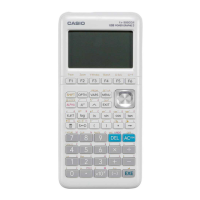
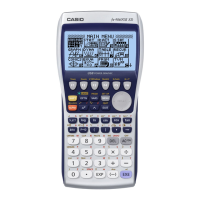
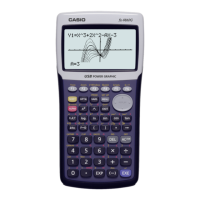
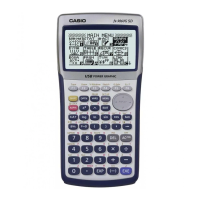
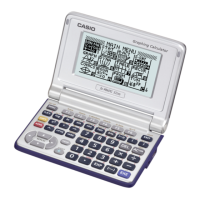
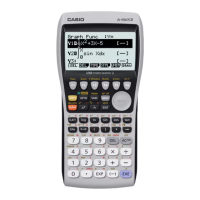
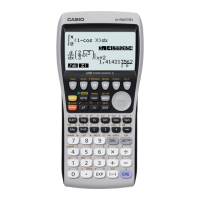


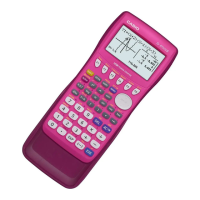
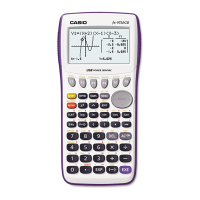

